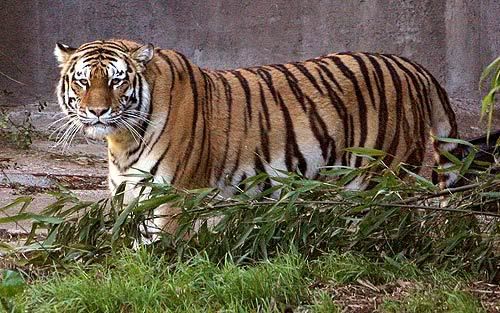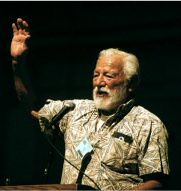
Animal attacks are a topic of interest for me since early in my career with animals I observed more than my fair share of them at close range.
Close hands-on work with large predators and powerful animals (such as elephants) always come with an inherent risk and are an occupational hazard.
However, there are animal attacks that happen to non-professionals that catch my eye and capture the imagination of the general public. One of those happened on Christmas Day 2007 at the San Francisco Zoo.
Perhaps some of the fascination is rooted in a primal fear of being killed or consumed by a large predator because the risk of dying or being mauled by such a creature is minuscule when compared to the chances of dying from a car accident or perhaps anaphylactic shock.
But since those events are more common place, they are not as fascinating nor do they really capture the widespread attention of the media.
Now a few years ago I wrote a series of posts about the San Francisco tiger attack on zoo visitors and what I called the tiger’s lucky leap.
I even posted a video and some citations about how the tiger might have jumped out of the enclosure.
The whole event was a fiasco and raised suspicions about the behavior of the tiger victims prior to the tiger escape incident.
I wasn’t the only one questioning what might have motivated Tatiana the tiger to escape, and then this weekend the Associated Press released an article that hit the wires with this gem:
“…I cannot imagine a tiger trying to jump out of its enclosure unless it was provoked,” Gage wrote in the Dec. 27, 2007 draft of her report.
That statement was stricken from the final version of the report because it was “irrelevant from an Animal Welfare Act enforcement standpoint,” said David Sacks, a spokesman for APHIS. Whether or not the tiger was provoked has long been a point of contention.
You can read more about the San Francisco Tiger Attack Documents here.
Now people taunting tigers and other animals in zoos is more commonplace than people think and is something that makes zoo professional cringe.
On the one hand, close encounters can inspire a sense of wonder and fascination with these creatures, but on the other hand captive animals endure the stupid antics of the unsophisticated or bored.
One thing I would hope is that the example of this incident will perhaps dissuade others from taunting captive wildlife.
But perhaps that is too much to ask and I am sure we will be hearing about other such incidents in the future.
 My uncle
My uncle 
